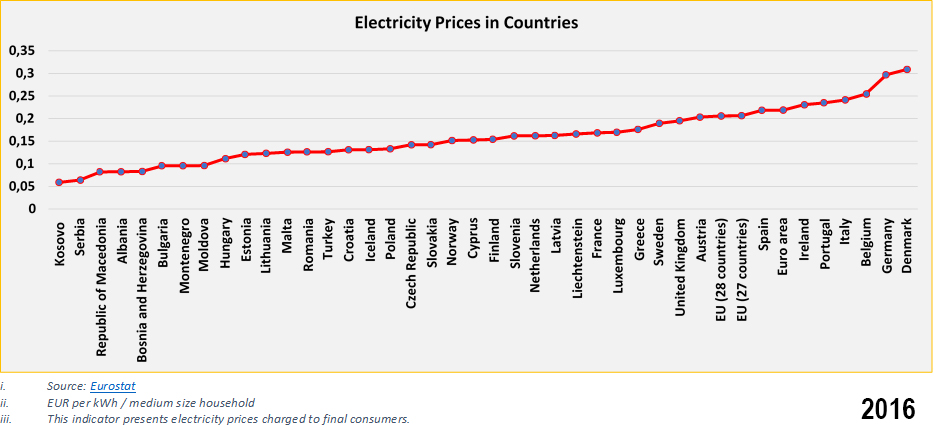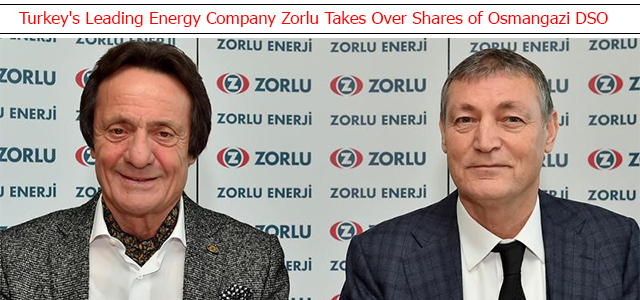
Mustafa Yılmaz, Chairman of Republic of Turkey Energy Market Regulatory Authority (EMRA) stated that, after privatization, many positive developments have been recorded in the electricity distribution sector. Yılmaz, underlined that, these positive developments must be explained precisely to the public and said, “The sector will make investments worth more than 18 billion TL until 2020.”
Mustafa Yilmaz, Chairman of EMRA, participated in a TV program in TRT News and made important comments on electricity sector in Turkey. Stating that electricity service in Turkey is inexpensive, Yılmaz, said "Creating an opposite perception is unfair to the government, ministry, EMRA and energy companies. We work carefully while making the tariffs. Our experts work attentive for months to provide electricity in reasonable prices to our consumers.” Yılmaz, underlined that the system is based on the satisfaction of the customers. In this perspective, the limit for being an eligible consumer is going to be set to zero in the future.
“Investments must be explained precisely”
Referring to the positive developments in electricity distribution sector after privatization, Yılmaz, stated that these positive developments must be explained to public precisely. Noting that the sector will make investments worth more than 18 billion TL until 2020, Yılmaz, said that EMRA is inspecting these investments carefully.
Source: TRT

Electricity prices for household consumers are defined as follows: Average national price in Euro per kWh including taxes and levies applicable for the first semester of each year for medium size household consumers (Consumption Band Dc with annual consumption between 2500 and 5000 kWh).





